Innovation and optimism lead Milan’s architectural future
We are looking ahead at the exciting architectural future of Milan, Italy's financial and design capital, as the city slowly emerges from the challenges brought by the global pandemic
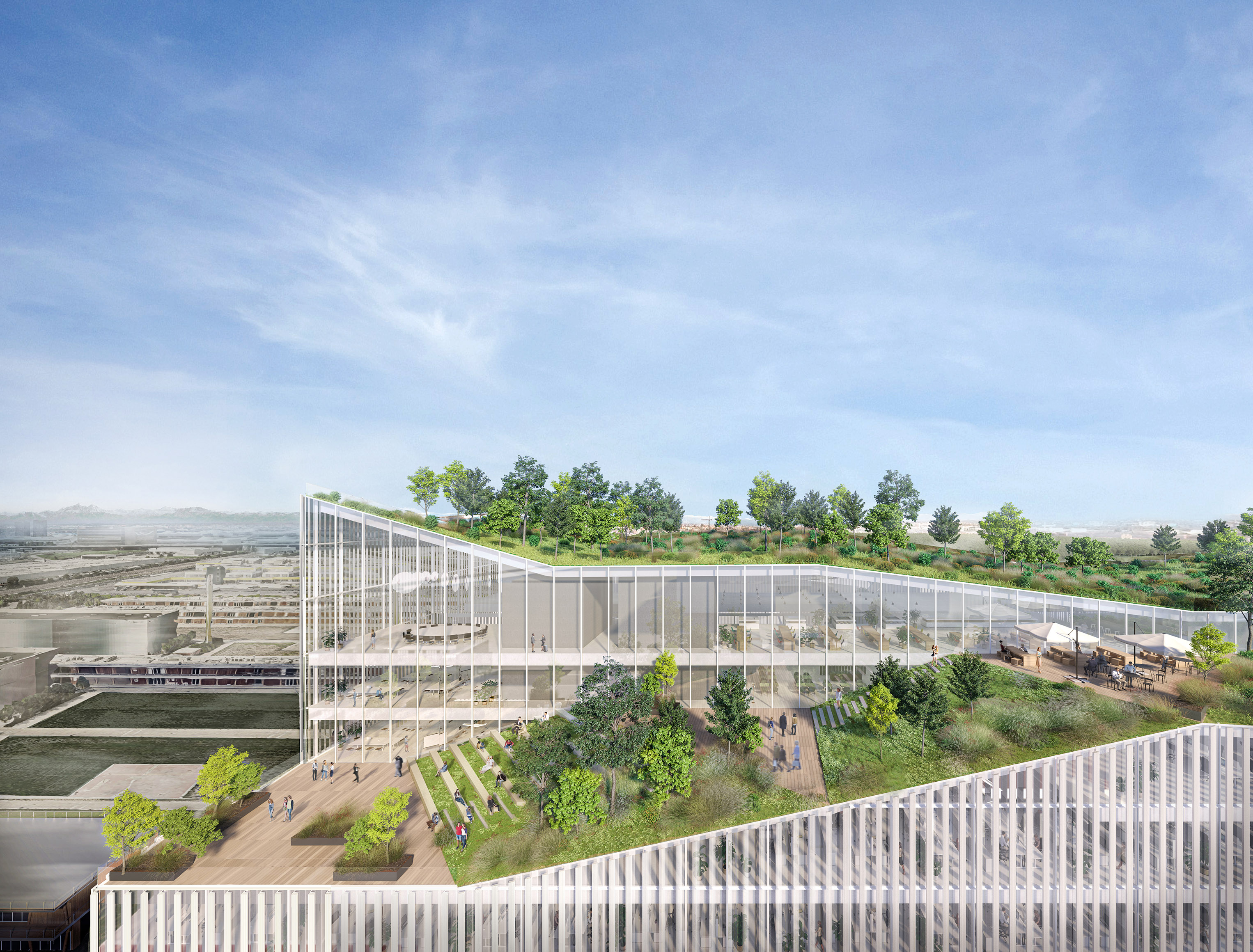
Milan is a design mecca. This northern Italian city attracts international visitors to the Salone del Mobile furniture fair each spring. But as the season neared this year, a temporary shift in focus saw Italy tragically become – for a while – the epicentre of a pandemic. Streets were deserted, as trees blossomed in the Parco Sempione. The historic Duomo was closed. Now, as the city springs back to life this summer, things are, again, set to change – this time, with a strong sense of optimism and positivity.
Milan’s Strade Aperte (‘Open Roads’) initiative is becoming one of Europe’s most ambitious mobility schemes. This will dramatically transform city planning, in bringing cycle lanes and pedestrian spaces to 22 miles of city streets, encouraging safe travel. With the city recently grown to 1.4 million-strong, a series of projects are underway, including new housing, as well as education, culture and science hubs. This not only mirrors the population growth but is also set to boost the city's sustainability credentials, and its overall dynamic and role in the global scene.
At the same time, the financial capital of Italy has aspirations to rival London as a banking hub, after the UK’s departure from the European Union. Italy’s tallest skyscraper, Cesar Pelli’s Unicredit Tower, articulates its business-focused drive. Named after the Italian architect of Paris’s Musée d’Orsay, the Piazza Gae Aulenti stands at the heart of the city’s fast-developing, modern neighbourhood, the Porta Nuova district. Stefano Boeri’s verdant and award-winning Bosco Verticale housing scheme is visible from the square and the area's new park, the BAM. This openness and ambition capture the freedom and innovation of Milan’s architecture scene; and it's a great representation of what's to come in this vibrant metropolis. Take a scroll for yourselves. §
Human Technopole by Piuarch
Piuarch has designed a new building for Human Technopole, Italy’s research institute for life sciences, situated at the centre of the growing MIND, Milano Innovation District. Reaching 61 metres at its highest point, the building will contain over 16,500 square metres for laboratories
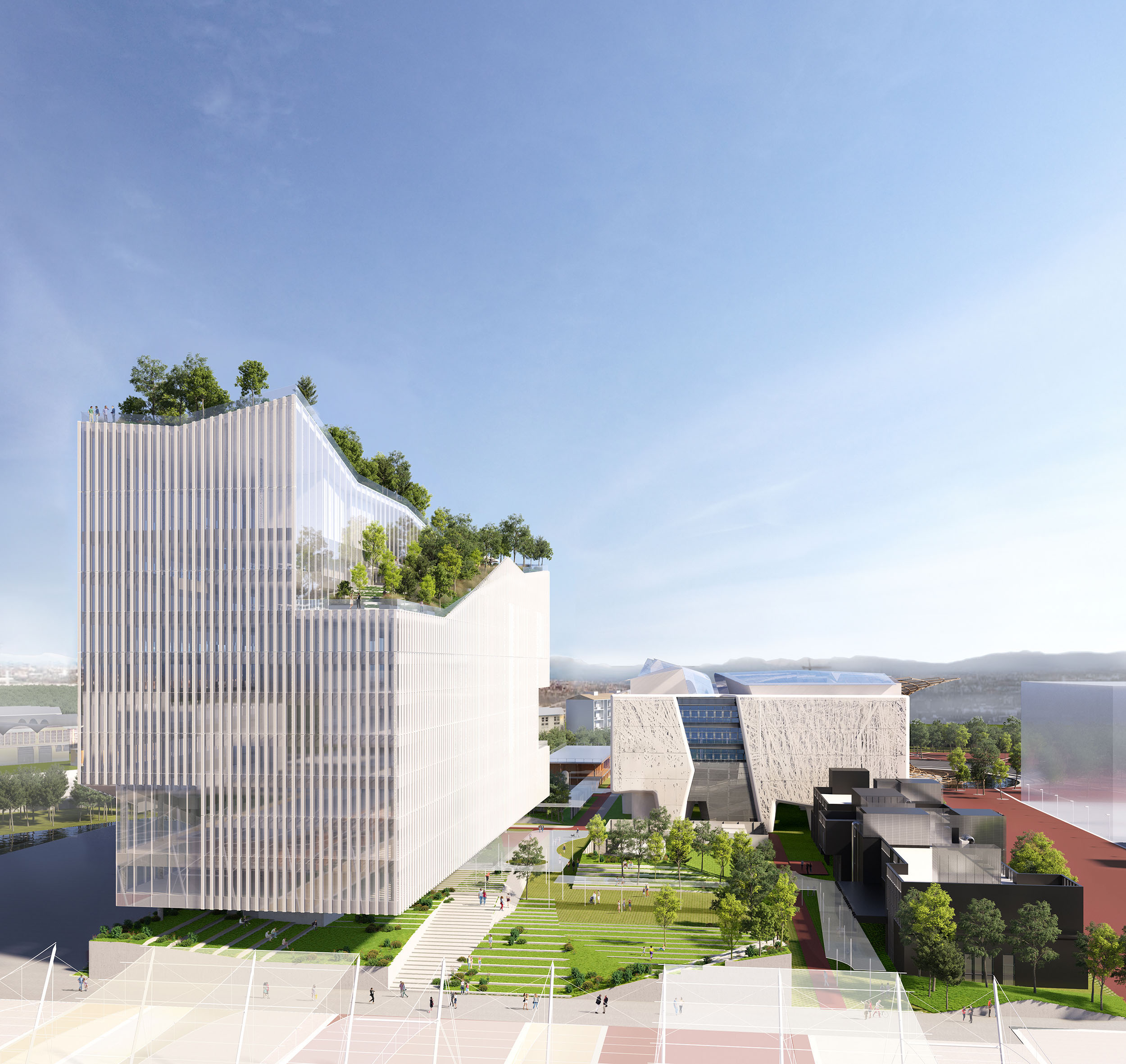
Bosco Navigli by Stefano Boeri Architetti
Designed by Stefano Boeri Architetti, this public-facing, mixed-use housing and commercial structure traces the form of a Milanese courtyard house. Set near the Ticino river area, the building reveals a sustainable ethos in the solar and photovoltaic panels covering the roof and rainwater collection systems. The green courtyard building is set to revitalise Via San Cristoforo in the creative quarter of the south-west area of Milan.

BAM Park by Inside Outside and Petra Blaisse, with Simona and Franco Giorgetta
At the heart Porta Nuova district of Milan is BAM, a public park designed for developer COIMA by the Dutch studio Inside Outside and Petra Blaisse, together with Simona and Franco Giorgetta, covering approximately 10 hectares – including a dozen circular forests each dedicated to a plant species, a labyrinth and flower beds of perennial plants designed by Piet Oudolf. Read Oudolf's advise on garden design here.
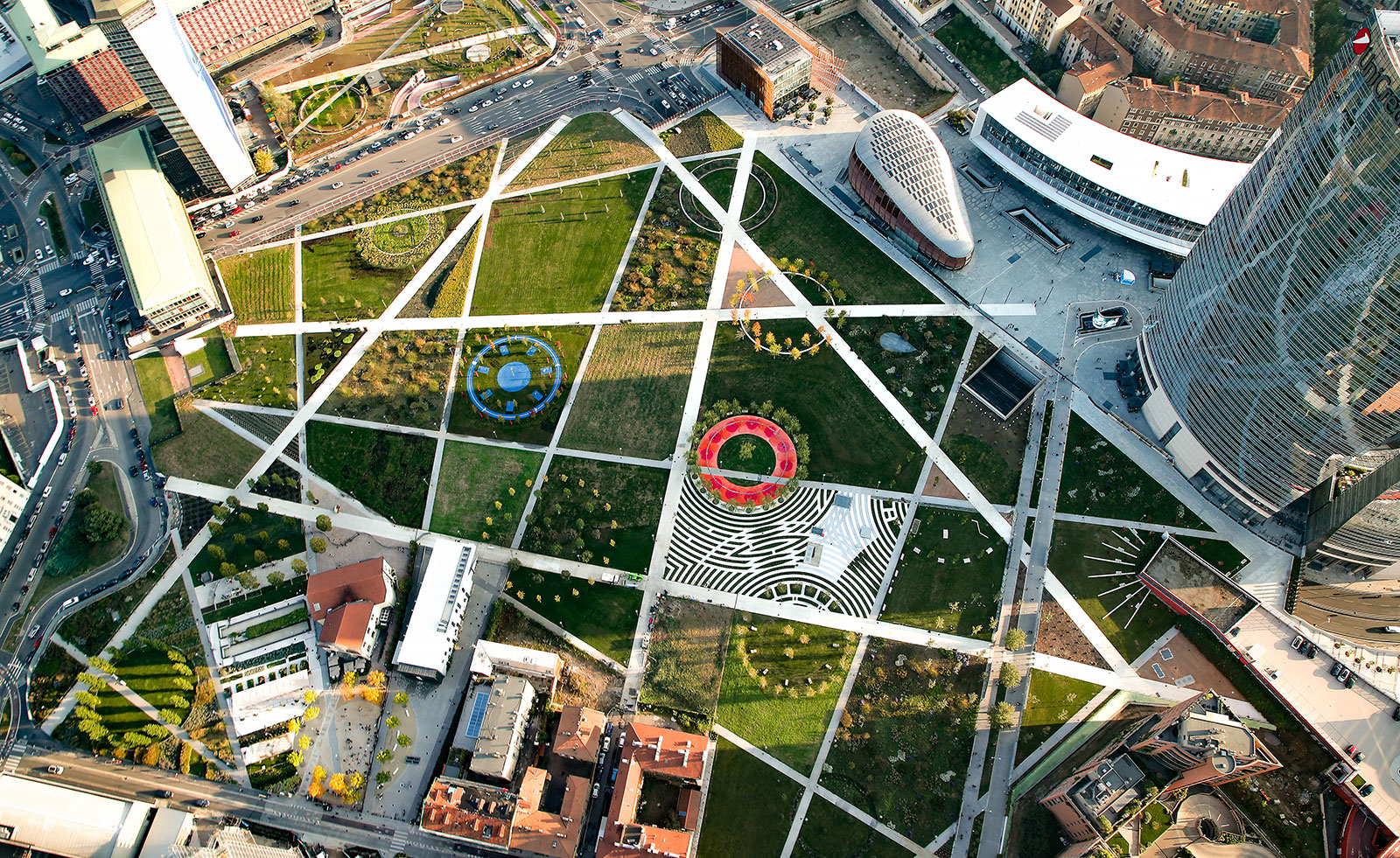
Politecnico di Milano architecture campus by Renzo Piano and Ottavio Di Blasi
This is Politecnico di Milano’s answer to the tough global competition among top international architecture schools. Ottavio Di Blasi is overseeing the design, from an original idea by Renzo Piano. The campus will see the restoration of Gio Ponti’s ‘Trifoglio’ and ‘Nave’.
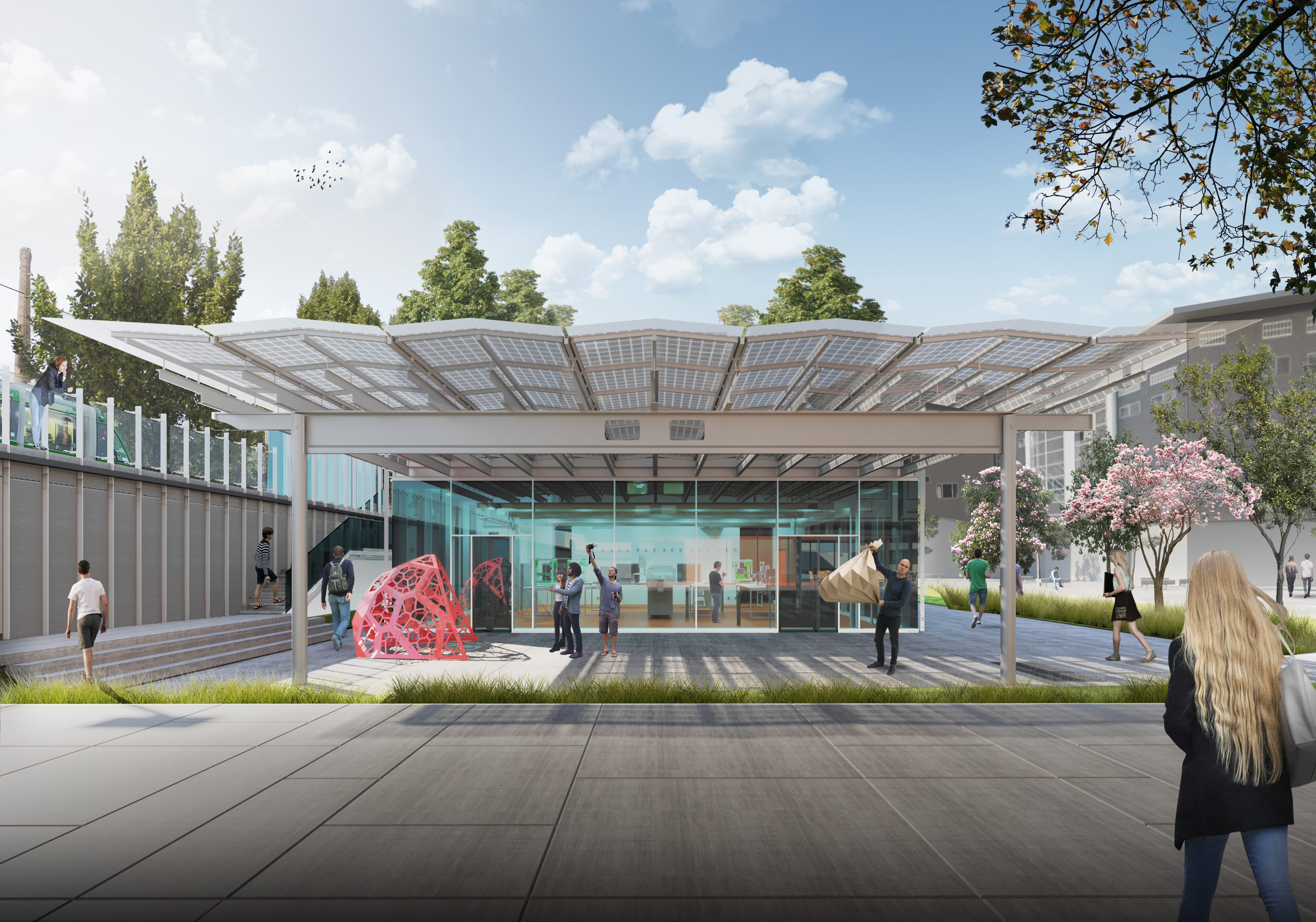
Bocconi University new urban campus by SANAA
Bocconi University’s campus by Japanese architects Kazuyo Sejima and Ryue Nishizawa of SANAA expands the city's internationally renowned school of economics. With sustainability at the heart of the design, the light and transparent buildings are under construction at the former Central Dairy.
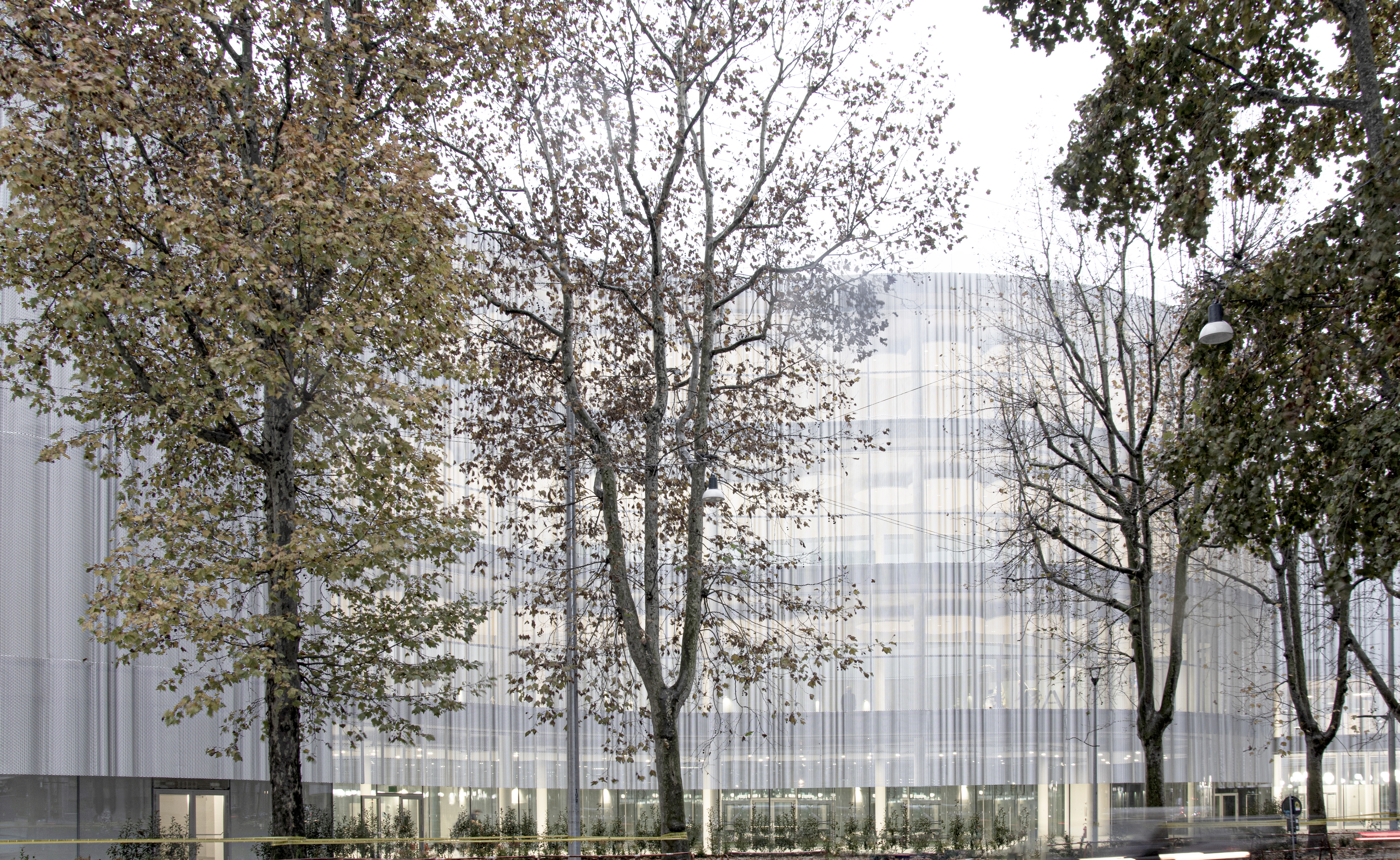
Apple Store, Piazza Liberty Milan by Foster + Partners
Foster + Partners has designed a public space for technology giant Apple. The stepped plaza is close to Corso Vittorio Emanuele, the central, pedestrian-friendly street filled with fashion boutiques. The dramatic fountain streams into an amphitheatre, leading to the Apple store.
Receive our daily digest of inspiration, escapism and design stories from around the world direct to your inbox.
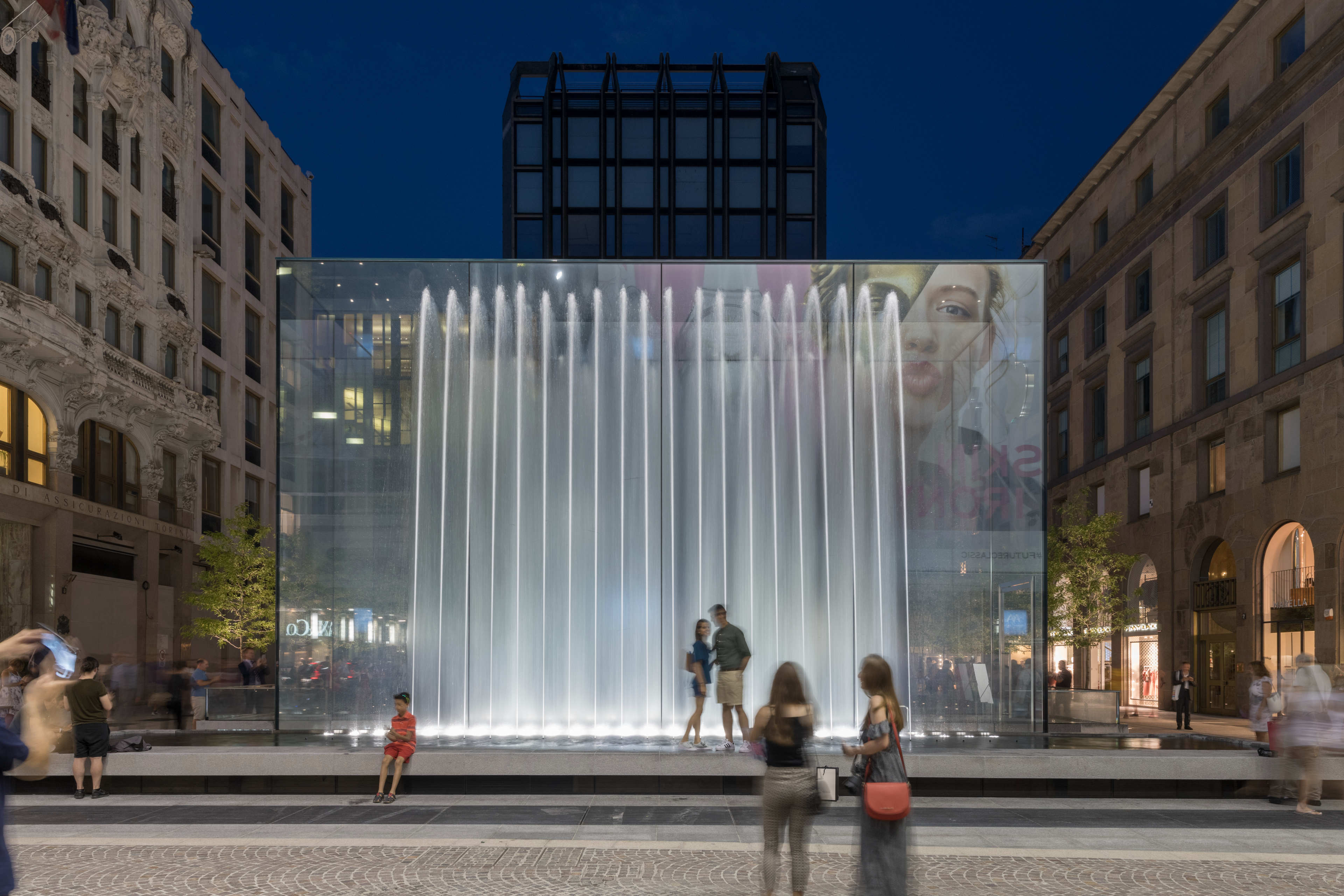
Generali Tower by Zaha Hadid Architects
The residential Generali Tower joins skyscrapers by Arata Isozaki and Daniel Libeskind in the CityLife district, which revitalises the site of Milan’s old International Fair, after its 2005 closure (when the Fiera moved to its current location at Rho). The twisting structure orientates upper floors to face the city centre and the Duomo. Photography: Hufton + Crow

The Portico by Bjarke Ingels Group (BIG)
BIG has designed the final part of the CityLife masterplan. The Danish firm imagines two buildings connected by a 140metre-long hanging roof structure: an urban-scale portico forms the entrance to the district. This creates a shaded public realm, while the buildings will contain offices and a hotel.
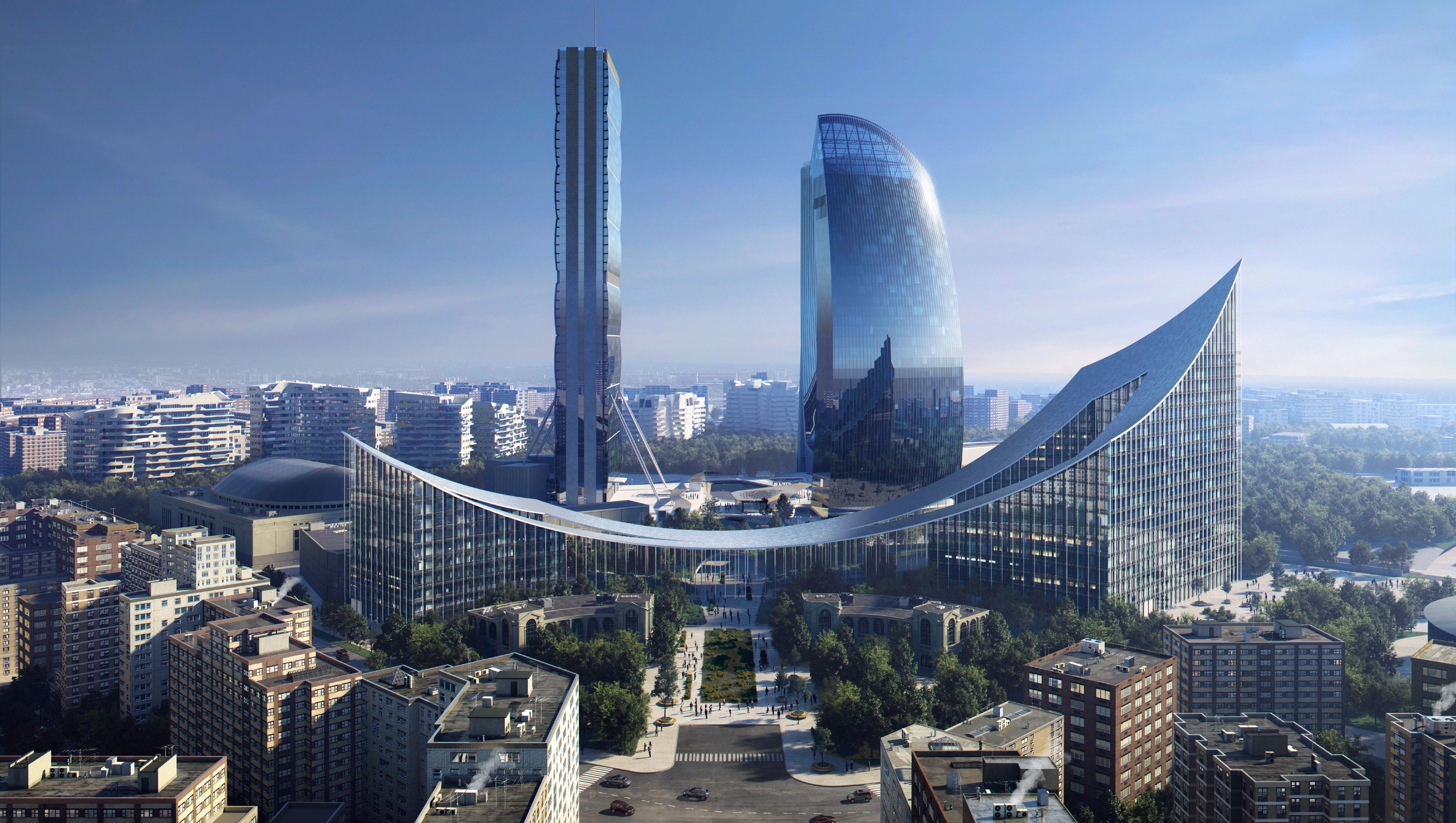
Museo Nazionale della Resistenza by Herzog & de Meuron
Designed by Herzog & de Meuron, the twin building to Porta Volta's existing Fondazione Feltrinelli will house the Museo Nazionale della Resistenza (National Resistance Museum). Completing the urban vision for the Porta Volta area, the two important cultural institutions will frame this ancient gateway of Milan.
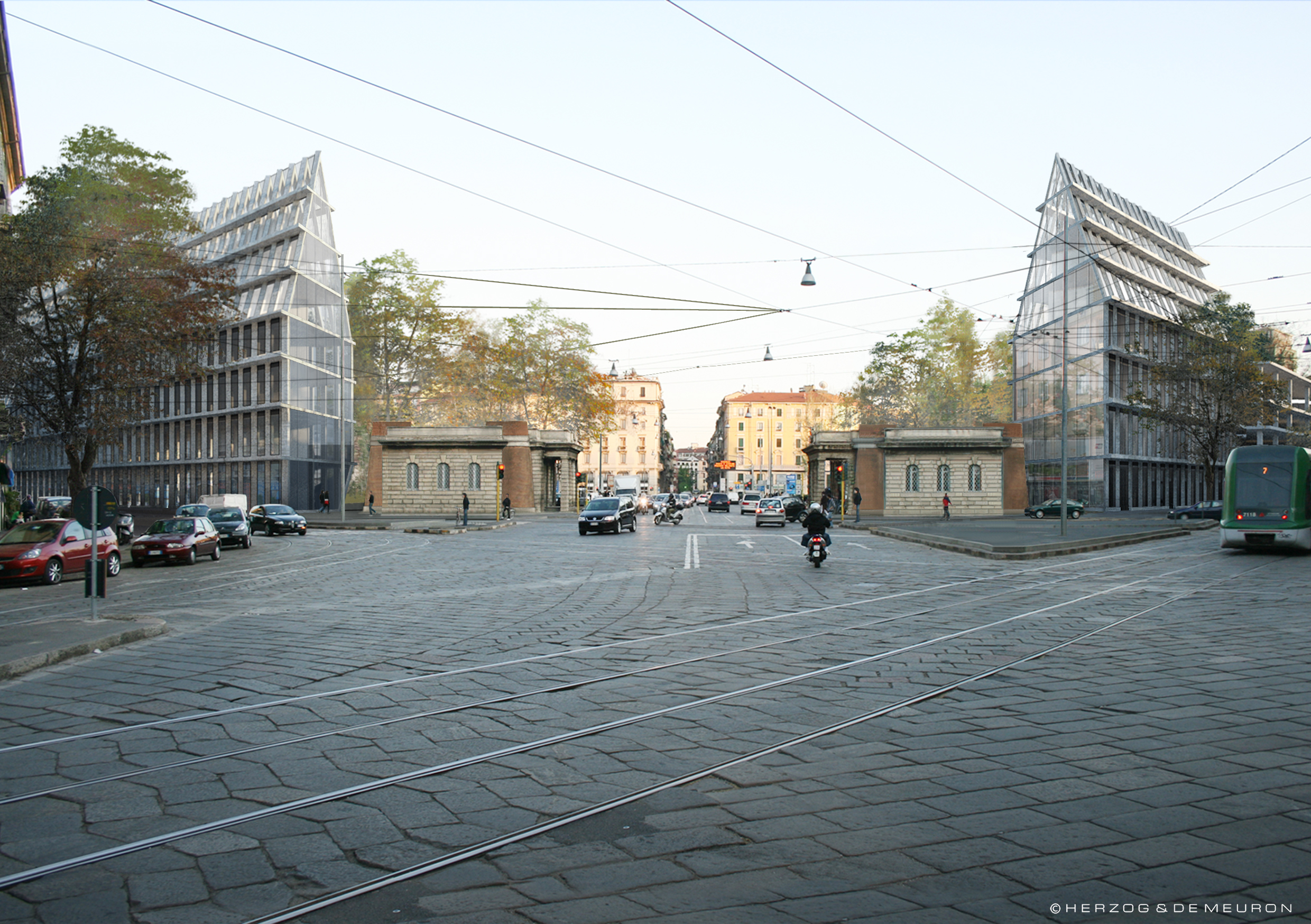
The Fondazione Prada’s Torre by OMA
The Fondazione Prada’s Torre completes the Milan home of the foundation. Designed by Rem Koolhaas, Chris van Duijn and Federico Pompignoli of OMA, the white concrete tower adds height to the architectural complex and offers panoramic views of the city, as well as exhibition space inside.
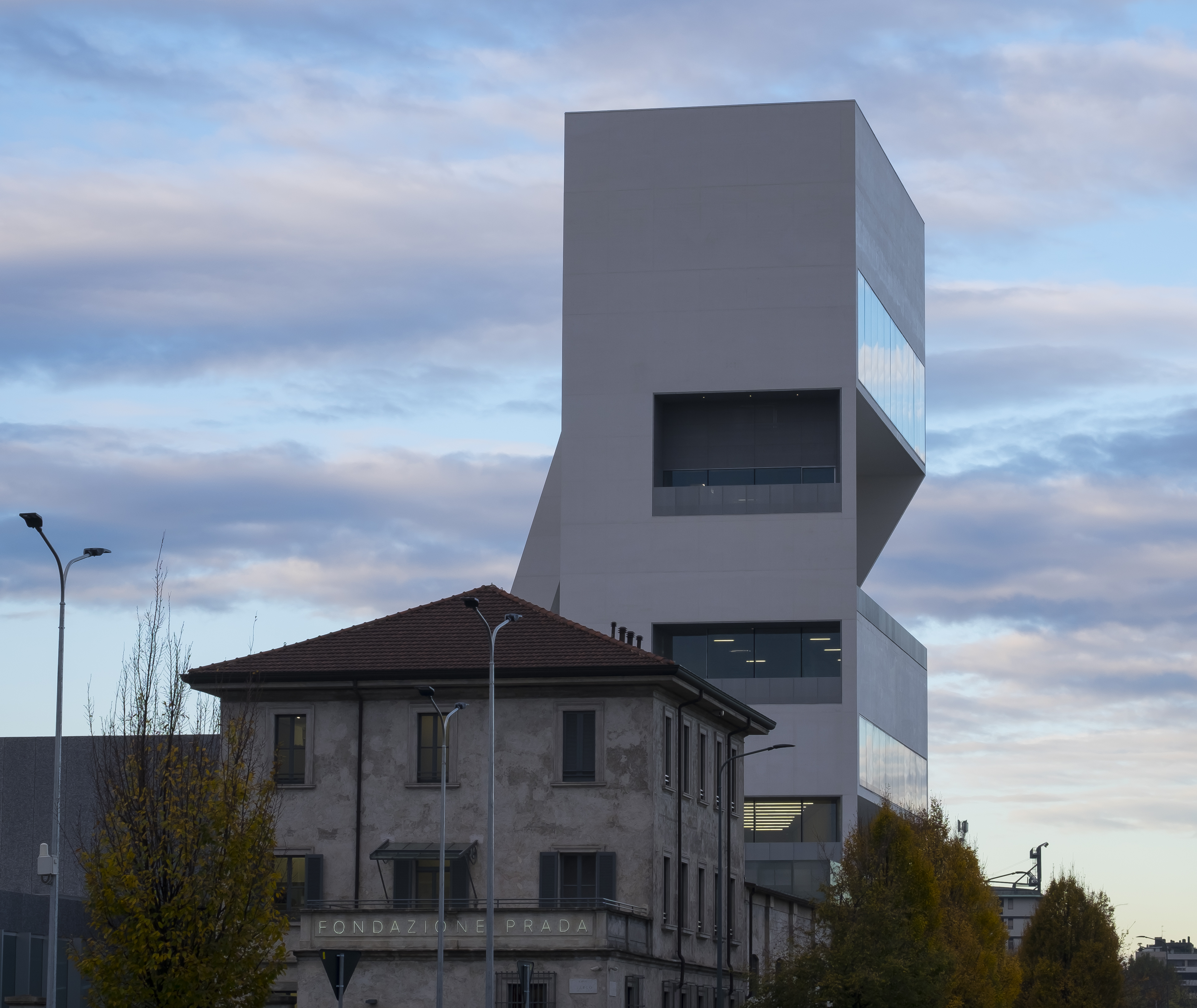
INFORMATION
-
 Curvilinear futurism meets subtropical beaches at Not A Hotel’s ZHA-designed Okinawa retreat
Curvilinear futurism meets subtropical beaches at Not A Hotel’s ZHA-designed Okinawa retreatZaha Hadid Architects has revealed the design for the first property in Not A Hotel’s futuristic new Vertex collection, coming soon to southern Japan
-
 Gorden Wagener leaves the helm of Mercedes-Benz design after 28 years with the company
Gorden Wagener leaves the helm of Mercedes-Benz design after 28 years with the companyThe German designer is stepping down from the role of chief design officer at Mercedes-Benz. We look back at his influence and impact on the world of automotive and luxury design
-
 These Christmas cards sent by 20th-century architects tell their own stories
These Christmas cards sent by 20th-century architects tell their own storiesHandcrafted holiday greetings reveal the personal side of architecture and design legends such as Charles and Ray Eames, Frank Lloyd Wright and Ludwig Mies van der Rohe
-
 Modernist Palazzo Mondadori’s workspace gets a playful Carlo Ratti refresh
Modernist Palazzo Mondadori’s workspace gets a playful Carlo Ratti refreshArchitect Carlo Ratti reimagines the offices in Palazzo Mondadori, the seminal work by Brazilian master Oscar Niemeyer in Milan
-
 Wang Shu and Lu Wenyu to curate the 2027 Venice Architecture Biennale
Wang Shu and Lu Wenyu to curate the 2027 Venice Architecture BiennaleChinese architects Wang Shu and Lu Wenyu have been revealed as the curators of the 2027 Venice Architecture Biennale
-
 At the Holcim Foundation Forum and its Grand Prizes, sustainability is both urgent and hopeful
At the Holcim Foundation Forum and its Grand Prizes, sustainability is both urgent and hopefulThe Holcim Foundation Forum just took place in Venice, culminating in the announcement of the organisation's Grand Prizes, the projects especially honoured among 20 previously announced winning designs
-
 Carlo Ratti reflects on his bold Venice Architecture Biennale as it closes this weekend
Carlo Ratti reflects on his bold Venice Architecture Biennale as it closes this weekendThe Venice Architecture Biennale opens with excitement and fanfare every two years; as the 2025 edition draws to a close, we take stock with its curator Carlo Ratti and ask him, what next?
-
 Step inside Casa Moncler, the brand’s sustainable and highly creative Milanese HQ
Step inside Casa Moncler, the brand’s sustainable and highly creative Milanese HQCasa Moncler opens its doors in a masterfully reimagined Milanese industrial site, blending modern minimalism and heritage, courtesy of ACPV Architects Antonio Citterio Patricia Viel
-
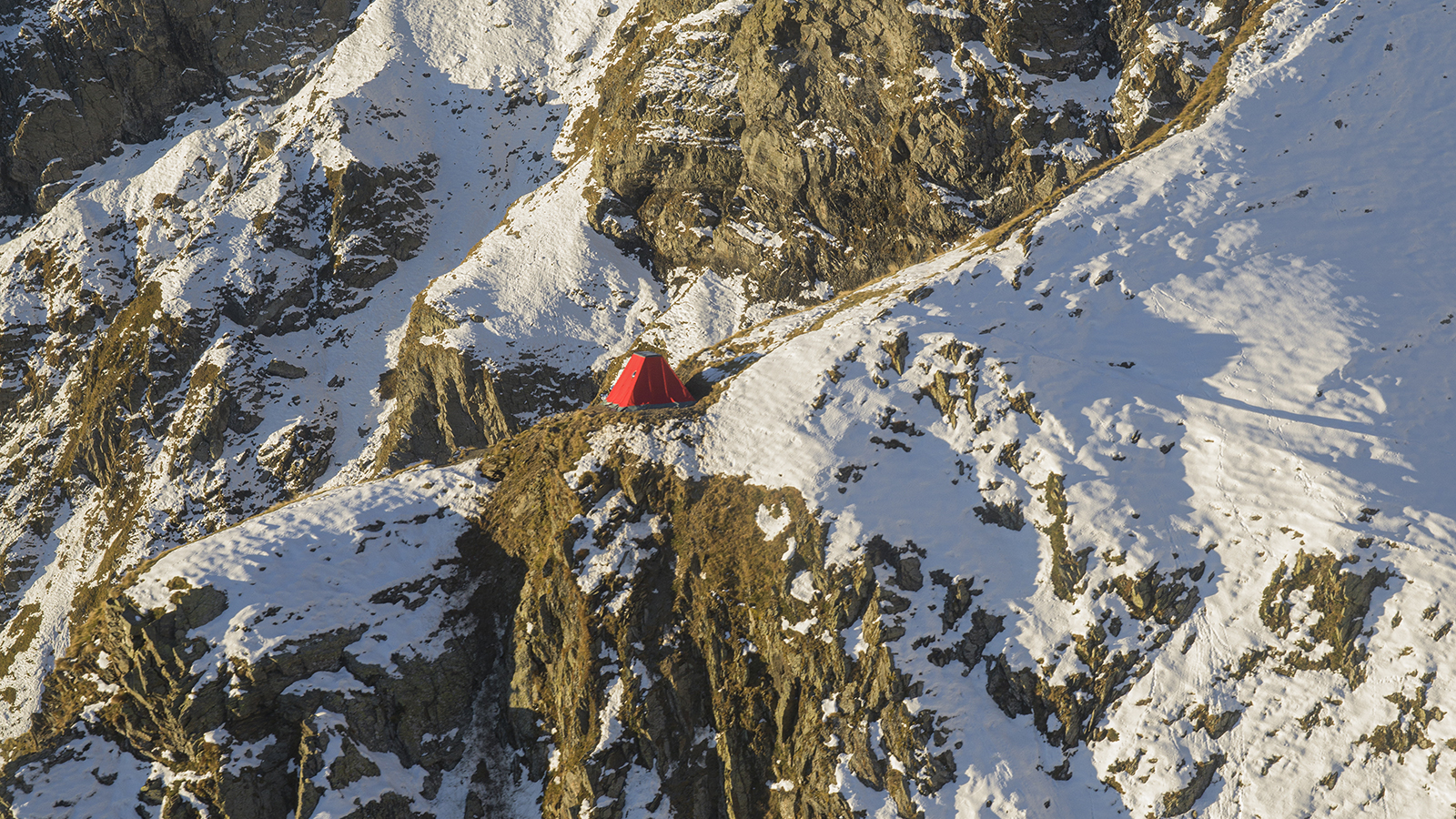 Aldo Frattini Bivouac is a mountain shelter, but not as you know it
Aldo Frattini Bivouac is a mountain shelter, but not as you know itA new mountain shelter on the northern Italian pre-Alp region of Val Seriana, Aldo Frattini Bivouac is an experimental and aesthetically rich, compact piece of architecture
-
 The 2026 Winter Olympics Village is complete. Take a look inside
The 2026 Winter Olympics Village is complete. Take a look insideAhead of the 2026 Winter Olympics, taking place in Milan in February, the new Olympic Village Plaza is set to be a bustling community hub, designed by Skidmore, Owings & Merrill
-
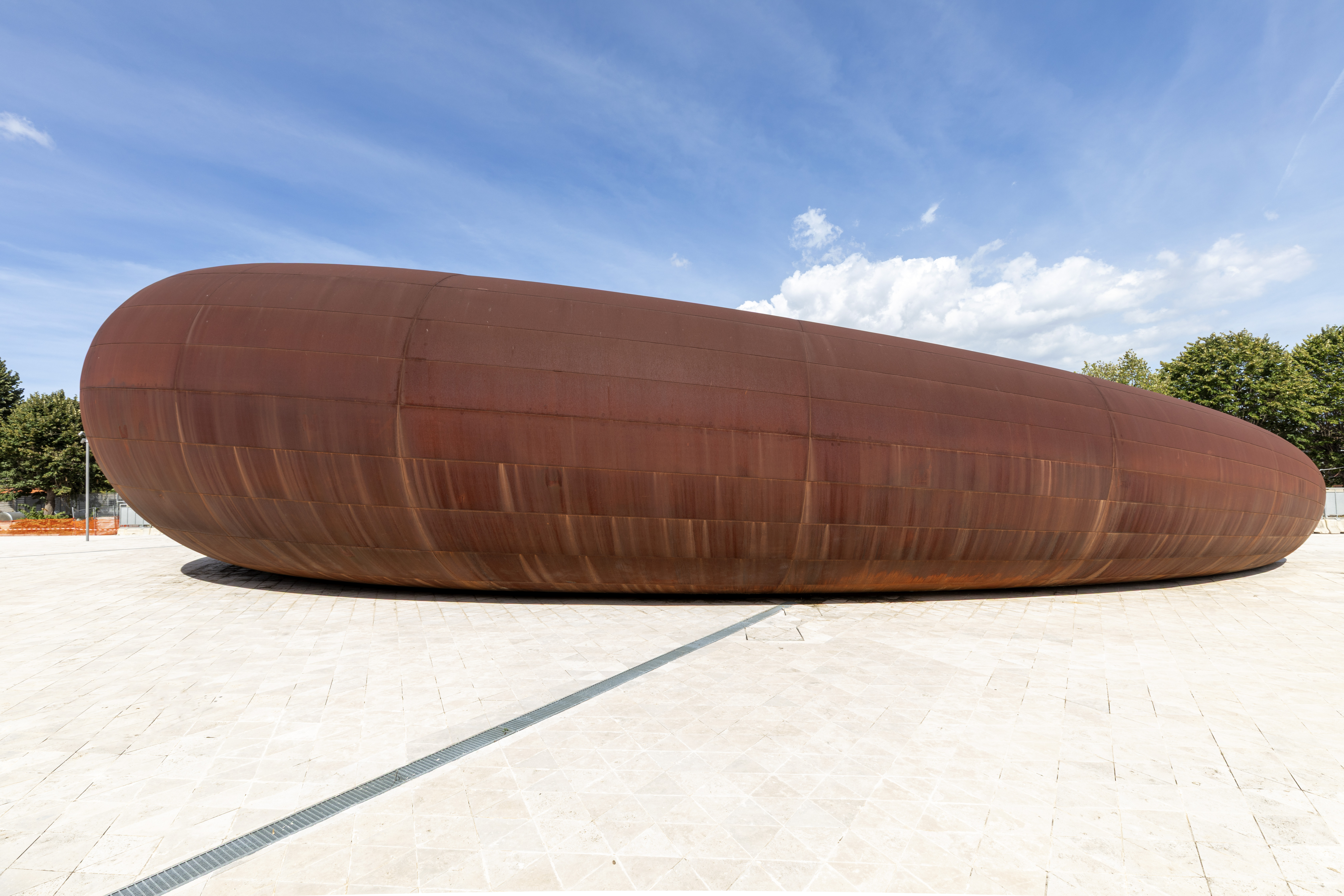 Anish Kapoor designs Naples station as a reflection of ‘what it really means to go underground’
Anish Kapoor designs Naples station as a reflection of ‘what it really means to go underground’A new Naples station by artist Anish Kapoor blends art and architecture, while creating an important piece of infrastructure for the southern Italian city